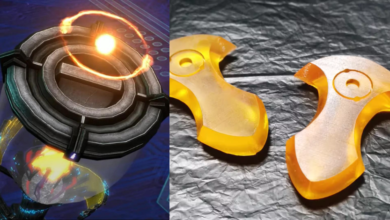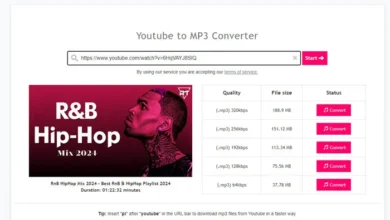Understanding Percentages: 51.21 is what percent of 725

Calculating percentages is a common mathematical task that can be useful in various contexts, from finance to academics. In this article, we will explore the question: What percent is 51.21 of 725? Understanding how to determine this percentage will help clarify the relationship between these two numbers.
The Basics of Percentages
A percentage is a way of expressing a number as a fraction of 100. It indicates how much one quantity represents of another. The formula to calculate a percentage is:
Percentage=(PartWhole)×100\text{Percentage} = \left( \frac{\text{Part}}{\text{Whole}} \right) \times 100
In our case:
- Part = 51.21
- Whole = 725
Step-by-Step Calculation
- Set Up the Formula: We will use the formula mentioned above.
Percentage=(51.21725)×100\text{Percentage} = \left( \frac{51.21}{725} \right) \times 100
- Perform the Division: Calculate 51.21725\frac{51.21}{725}.
51.21725≈0.0706\frac{51.21}{725} \approx 0.0706
- Multiply by 100: Now, multiply the result by 100 to convert it to a percentage.
0.0706×100≈7.060.0706 \times 100 \approx 7.06
Conclusion
Thus, 51.21 is approximately 7.06% of 725. This percentage helps us understand how 51.21 relates to 725 in a more meaningful way. Whether you are calculating discounts, analyzing statistics, or working on financial projections, knowing how to determine percentages is a vital skill.
Practical Applications of Percentage Calculations
Understanding percentages can be applied in various real-life scenarios, such as:
- Budgeting: Knowing what percentage of your income goes to different expenses can help in effective budgeting.
- Sales: Businesses often use percentages to determine discounts or sales increases.
- Statistics: Percentages are crucial in interpreting data, such as survey results or population studies.
By grasping how to calculate percentages, you can gain insights into numerical relationships and make informed decisions in various aspects of life.





